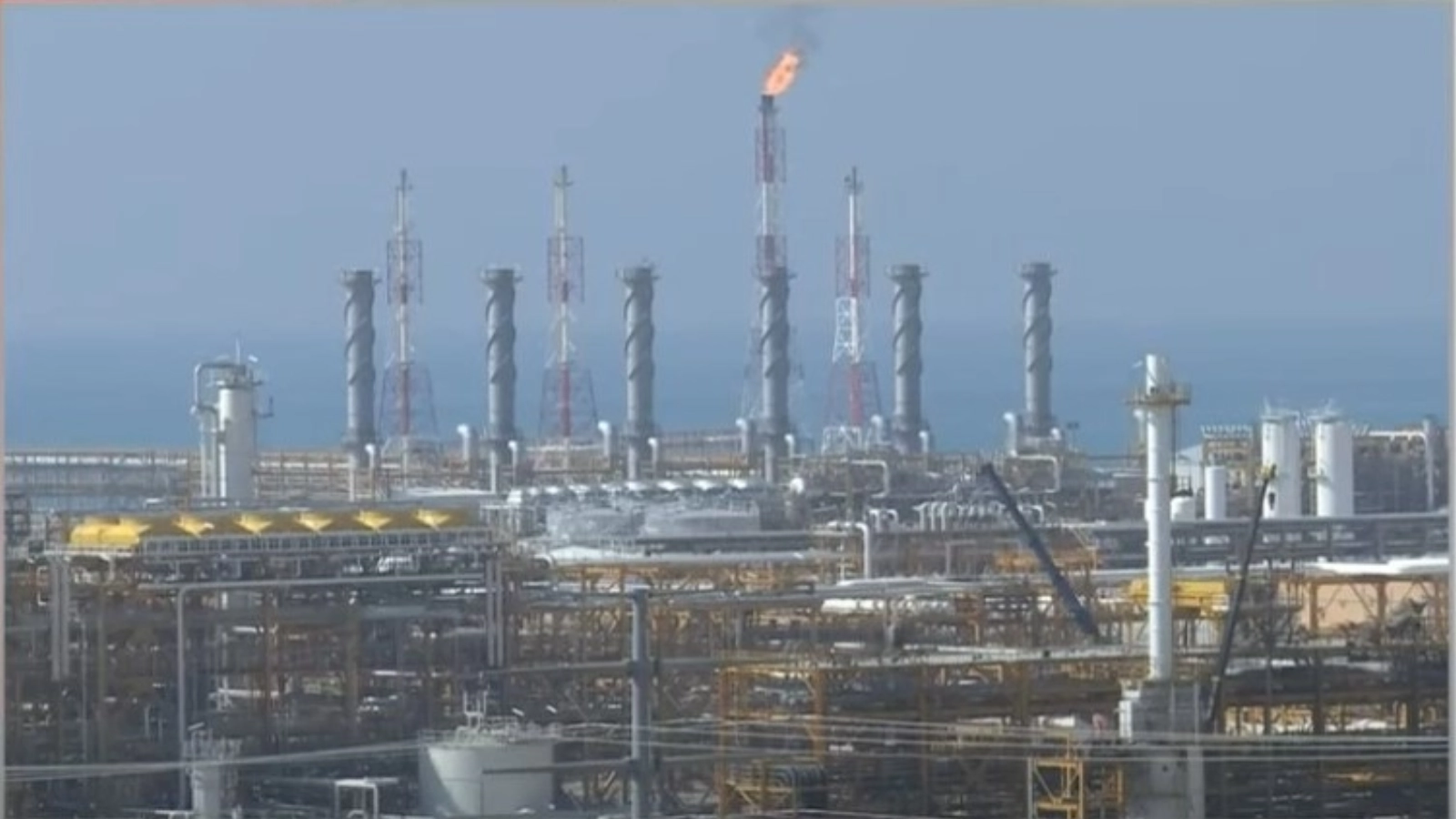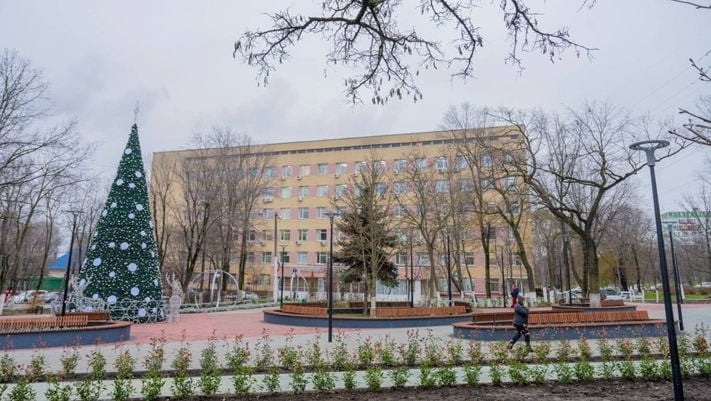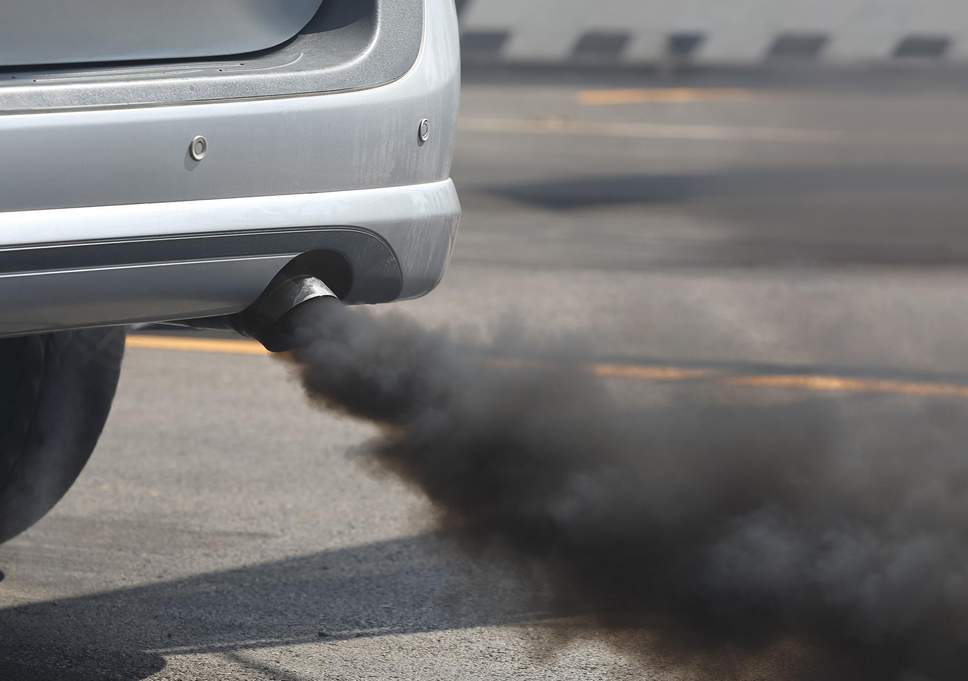With the 2015 Paris Agreement, the international community committed itself to limit global warming to less than two degrees Celsius. At the Glasgow summit in 2021, a number of states assured that they would no longer invest into coal, oil and gas. Russia's war in Ukraine threw many things into disarray. Now, the climate targets are to be improved at the UN's COP27, told Agerpres.
Russian gas no longer flows to Europe. Germany, for example, is investing billions in new liquefied natural gas terminals on the coast. Coal-fired power plants are put back into operation to secure the electricity supply this winter. Similar things are happening in other parts of Europe. Nevertheless, the EU states assure that they want to meet the EU's climate protection target, i. e. reduce greenhouse gas emissions by at least 55 percent by 2030 compared to 1990.
Ahead of the UN's COP27 Climate Change Conference, which takes place in Sharm-el-Sheikh, Egypt, from November 6, the EU Parliament calls for more leadership in mitigating climate change. The EU must show leadership and increase its 2030 emission reduction targets, stated a resolution adopted by the EU parliament in October.
The EU Parliament called on industrialized countries to increase their climate protection targets, saying that Russia's war against Ukraine and its consequences made it all the more urgent to transform the global energy system. In addition, MEPs requested that the developed countries must keep their promise and ensure that the developing countries receive 100 billion US dollars in funding each year for climate protection.
Germany's State Secretary and Special Envoy for International Climate Action at the Federal Foreign Office, Jennifer Morgan, called on the EU to take the leading role at the international conference: 'The EU must lead the way in accelerating the energy transition in solidarity with weaker nations.' She added that it was also important to keep financial commitments to developing nations and to support countries particularly affected by climate change through a solidarity pact. Germany will double its international funding commitments for environmental protection to 1.5 billion euros per year by 2025 at the latest.
EU pledges more than 23 billion euros in climate finance to the Global South
On October 28, the Council of the EU announced that the European Union and its 27 member states have pledged 23.04 billion euros in climate finance to the Global South. The funding from public sources aims 'to support developing countries to reduce their greenhouse gas emissions and adapt to the impacts of climate change,' a press release read.
54 percent of the funds were either earmarked for climate adaptation or for measures tackling both adaptation and climate change mitigation, the statement read, citing European Commission figures. Almost half of the total amount was pledged in the form of grants. International public climate finance aims to support countries of the Global South in implementing the 2015 Paris Agreement.
Slovenia one of the fastest warming countries
The targets of the Paris Agreement are increasingly at risk. Slovenia is one of the fastest warming countries. Experts from the Ljubljana Faculty of Mathematics and Physics have calculated that the country already exceeded the two-degree warming limit back in 2020. They warned that if only moderate action was taken, average temperatures in Slovenia could increase by almost five degrees Celsius by the end of the century.
Minister of the Environment and Spatial Planning Uro Brean sees great potential in solar energy. There's also a debate on the potential construction of a second unit at the Krko nuclear power station. The life span of the plant's first unit is to be extended to 2043. Next year, Slovenia is expected to adopt a climate change law, which is to introduce a climate council, a body bringing together experts, political players and NGOs in a bid to find the most suitable measures to mitigate climate change.
The country expects the COP27 Climate Conference to focus on issues concerning the developing countries. Environment Minister Brean, who will attend the conference in Sharm El Sheikh, said that the issue of financing will always arise in the relationship between developed and developing countries. The promise that developing countries would receive 100 billion US dollars in climate aid a year had not been kept. 'I believe we can make progress there. Slovenia, as a developed country, is committed to making a greater effort,' Brean said.
Serbia's climate promise
Serbia has committed to reducing greenhouse gas emissions by 33.3 percent by 2030 and announced that by the end of this year, the country will publish the first National Plan for Adaptation to Climate Change in Serbia. The country aims to abandon fossil fuels in favor of renewable energy sources, as well as switch to a circular economy model and reduce waste.
The EU delegation in Serbia welcomed the country's increased climate ambition and called for the adoption of long-term strategies for climate neutrality by 2050. The head of the EU Delegation in Serbia, Emanuele Giaufret, said that 'the EU will provide direct budget support in the amount of 165 million euros to mitigate the energy crisis. In parallel, the EU supports Serbia in increasing the energy efficiency of public and private facilities and the share of renewable energy sources.'
Ahead of the UN Climate Summit COP27, the Digital Climate Atlas of Serbia was presented in Belgrade. The online platform is based on meteorological and geospatial data, providing insights into current and future climate changes for the entire territory of Serbia.
Bosnia and Herzegovina's dependence on thermal power plants
Serbia's neighbor Bosnia and Herzegovina (BiH) became a member of the UN Convention on Climate Change (UNFCCC) in December 2000. However, for its electricity supply, BiH is still dependent on thermal power plants, which are major polluters. Authorities in the country have approved the continued operation of two thermal power plants, one in Tuzla and the other in Kakanj, whose service life has expired. This is to maintain stability in electricity production. BiH authorities had previously pledged that these plants would not operate for more than 20,000 hours after January 1, 2018.
The Energy Community (EC), an international organization of the EU and several third states, initiated proceedings against Bosnia and Herzegovina for violating the regulations. The EC states that pollution protection systems have not been modernized as required and that the continued operation of the two thermal power plants violates the EU's Large Combustion Plant Directive (LCPD) as well as BiH's own national plan for the reduction of harmful gas emissions. The Energy Community has to ensure that signatory states commit themselves to liberalizing their energy markets according to the requirements of the acquis and the EU Treaty.
According to the State Electricity Regulatory Commission, Bosnia and Herzegovina generated 42.3 percent of its total energy from renewable sources in 2021.
Europe one of the fastest-heating regions in the world despite progress in emission reduction
Meanwhile, according to a joint report by the UN's World Meteorological Organization (WMO) and the European Union's Copernicus Climate Change Service, temperatures in Europe have increased by more than twice the global average over the past three decades, making it the fastest-warming of all continents.
However, according to preliminary figures, emissions from the 27 EU states fell by 32 percent between 1990 and 2020, which means that the climate target of a 20 percent reduction by 2020 was clearly achieved, states a report published by the European Environment Agency (EEA) on October 26.
The experts at the Copenhagen-based EU agency wrote that the annual progress would have to be more than doubled on the way towards meeting the more ambitious climate and energy targets for 2030. Emissions would have to decrease by an average of 134 million tons of CO2 per year, or 4 percent, to meet the target of reducing emissions by at least 55 percent by 2030 compared to 1990.
For WMO Secretary-General Petteri Taalas, 'Europe presents a vivid picture of a warming world and reminds us that even well-prepared societies are not safe from the effects of extreme weather events.' But the WMO also notes that it's not all bad news: 'Europe can play a key role in achieving a carbon-neutral society by mid-century to meet the Paris Agreement,' said Petteri Taalas. For Carlo Buontempo, director of the Copernicus Climate Change Service, 'European society is vulnerable to climate variability and climate change, but Europe is also at the forefront of international efforts to mitigate climate change and develop innovative solutions to adapt to the new climate that Europeans will have to live with.'
































Comentează